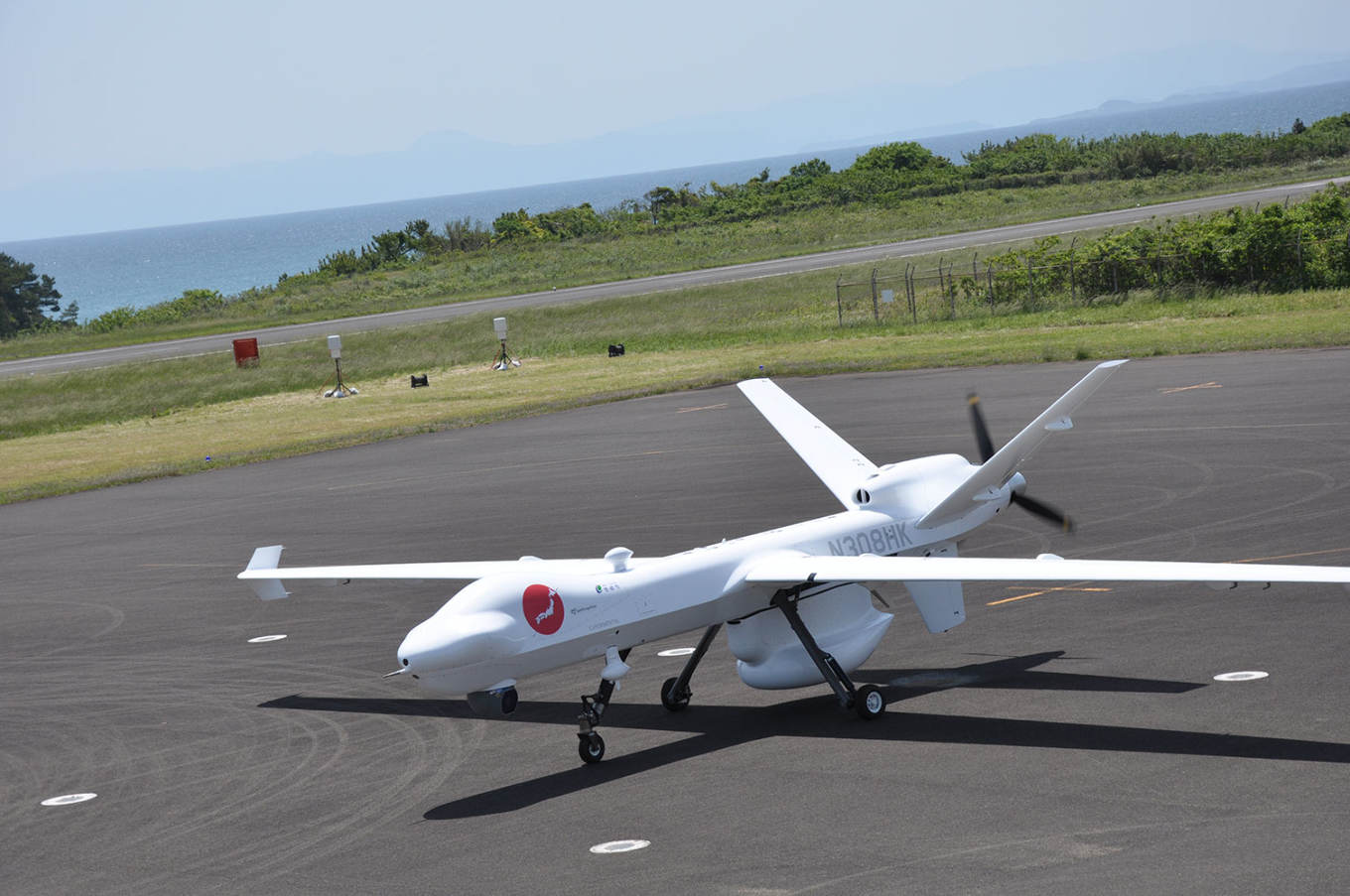General Atomics Aeronautical Systems has announced the conclusion of the first large-scale demonstration flights of the Guardian remotely piloted aircraft in Japan.
General Atomics Aeronautical Systems, Inc. (GA-ASI) has announced the conclusion of the first large-scale demonstration flights of the Guardian remotely piloted aircraft (RPA) in Japan. The Guardian is a multi-mission maritime patrol variant of the company's Predator B platform.
The demonstration flights, which took place from 10th - 23rd May were intended to promote the civil and scientific applications of the RPA, which has been in service with the U.S. Department of Customs and Border Protection since 2008.
This was the first demonstration of a long-endurance RPA by a private company in Japan. The aircraft’s sensors included a long-range maritime surface-search radar, stabilized optical and infrared video cameras, and an active collision-avoidance system, including a short range air-to-air radar.
During the demonstration, which operated from the Island of Iki in Japan’s Nagasaki Prefecture, GA-ASI says the Guardian:
-
monitored the volcano on Fugendake, and tracked the spread of a small brush fire on Iki;
-
monitored the environmental impact of overfishing in the Exclusive Economic Zone (EEZ);
-
provided overwatch support to the Japanese Fisheries Agency during routine patrols;
-
demonstrated the utility of GA-ASI’s “Detect and Avoid” system in Japanese airspace;
-
verified the Automatic Identification System (AIS) ability of the SeaVue radar.
GA-ASI led the demonstrations in cooperation with Iki Airport personnel and Japanese national authorities. The sensor data collected by Guardian will be provided to scientific research institutions, and flight data will be given to airspace management organizations to help establish procedures for using RPA systems in national and international civil airspace.

